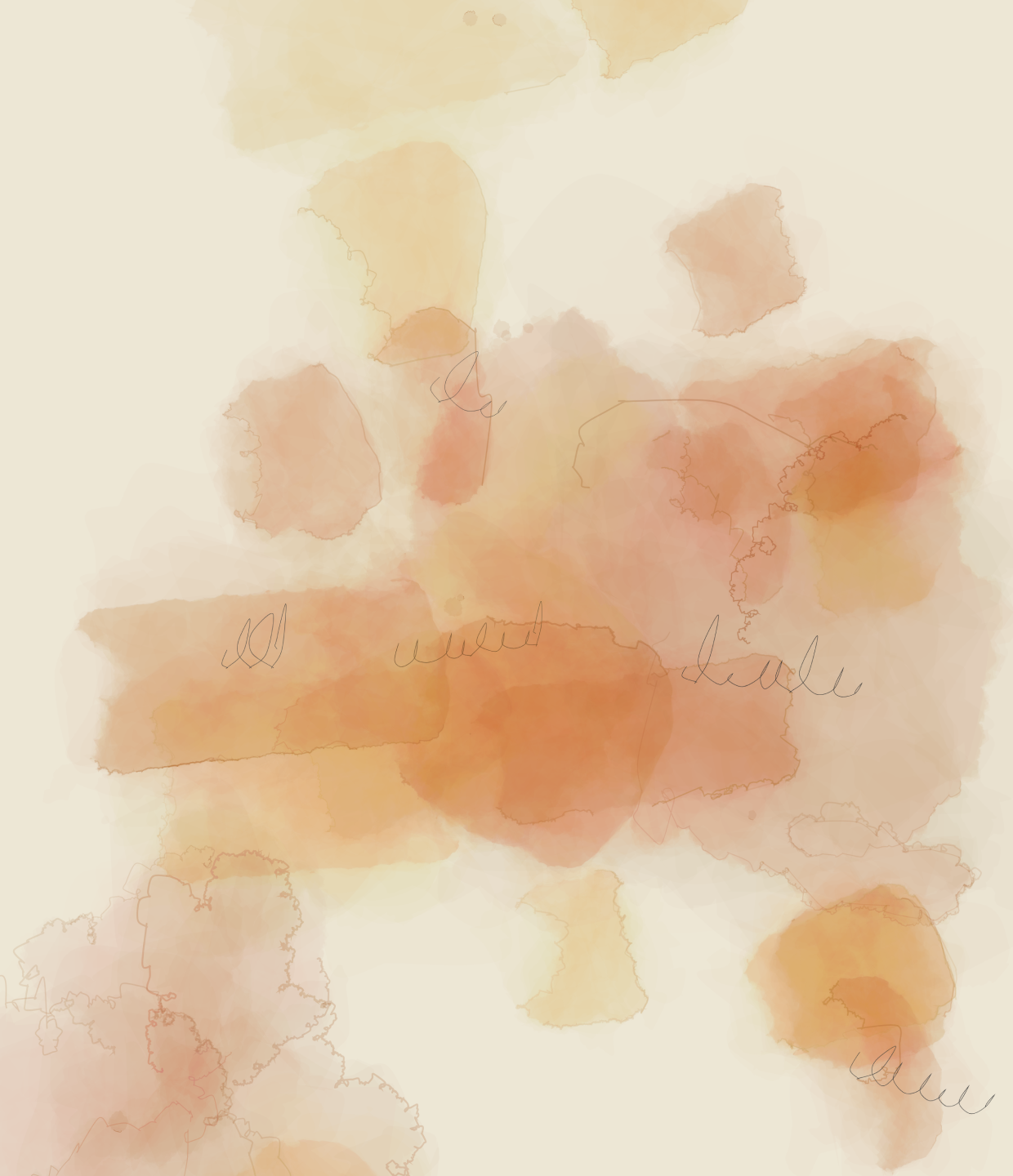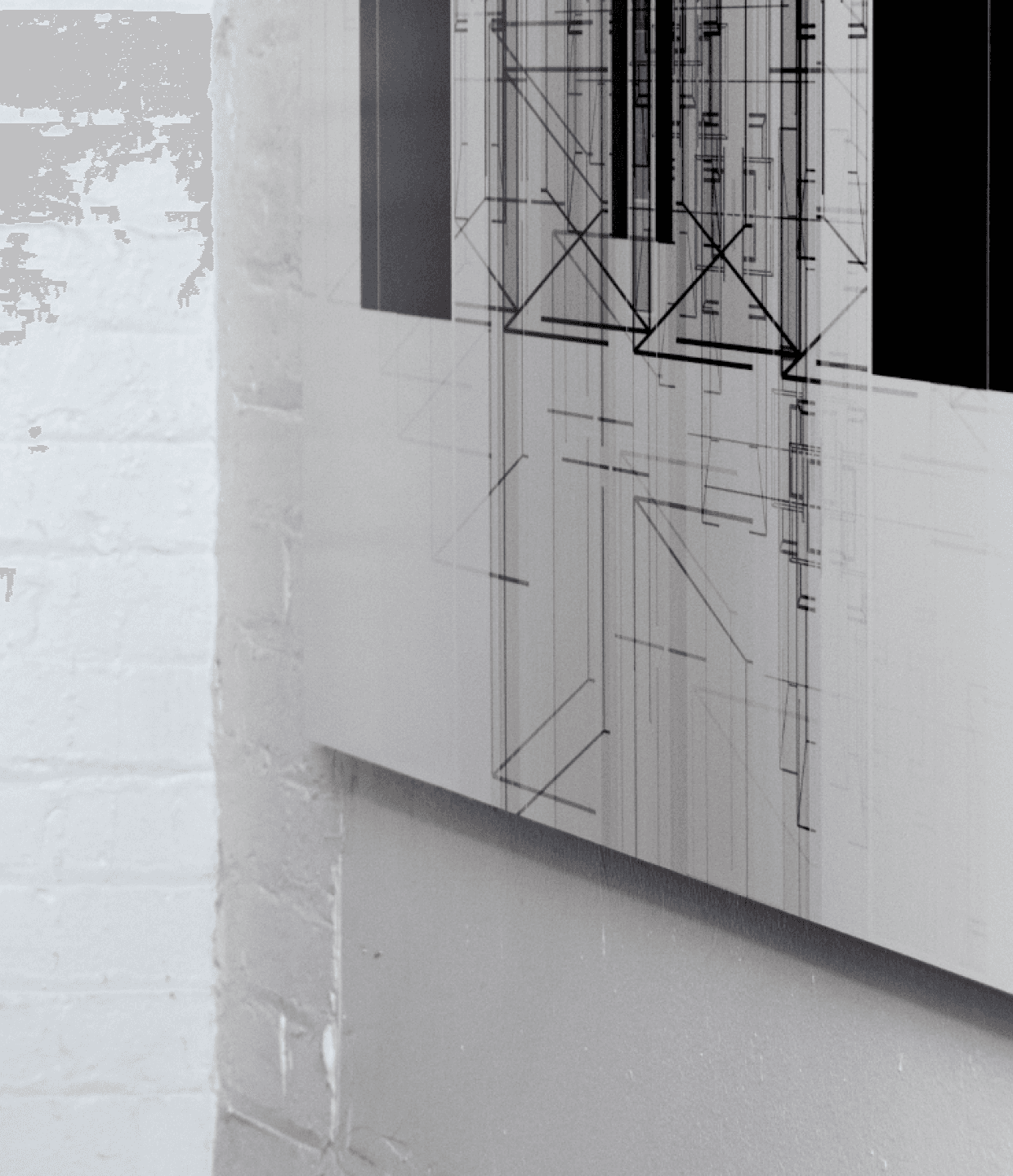Machine Dreams and the Emotional Power of Colors in Daily Life

Our perception of color is influenced by many factors. Dean Blacc’s art brings this subjectivity to the forefront, encouraging us to question why certain color arrangements resonate with us more deeply than others.
In the world of generative art, Dean Blacc stands out as an artist who continues to emphasize color theory. His latest collection, Machine Dreams, is a testament to his approach in exploring the intersection of art, technology, and the psychology of color perception. Blacc's work explores the realm of emotions, reflecting our daily lives where colors evoke strong emotional responses.

A selection of works from Machine Dreams by Dean Blacc, a 150 work series exploring the emotional resonancce of colors through generative watercolor.
The Subjective Nature of Color
In looking at Blacc’s work, it’s important to understand the subjective nature of color perception. Our perception of color is influenced by psychological, cultural, and personal factors. Blacc’s art brings this subjectivity to the forefront, encouraging us to question why certain color arrangements resonate with us more deeply than others. Like the Bauhaus artists before him, who incorporated a diverse set of theories of color into their work, Blacc is driven by the idea that colors possess the power to evoke profound emotions.
German poet Johann Wolfgang von Goethe and his book Theory of Colors, published in 1810, is central to Blacc’s exploration of color theory The treatise and his labeling of the color wheel with adjective descriptors (Red: Beauty, Green: Useful, Orange: Noble, etc.) formed the basis of how most of us interact with color theory to this day.
Blacc’s work was heavily influenced by both Goethe’s ideas about the psychological impact of different colors on mood and emotion, as well as the almost-runic script Goethe used to annotate his color wheel.

Wolfgang Von Goethe, Color Wheel, 1809.
Colors in Our Daily Lives: A Powerful Tool
Colors are omnipresent in our daily lives and regularly provoke emotional responses. Whether it’s the vivid red of a sale sign, the soothing blues in a spa, or the warm yellows in a café, colors are intentionally used to elicit specific emotions and reactions. Advertising, design, and art all harness this power of color to communicate messages, convey moods, and influence our choices.
The Impact of Personal Experiences and Cultural Influences
Our experiences and cultural backgrounds impact how we interpret and emotionally connect with colors. Blacc’s work hints at this influence, as he challenges us to consider the personal and cultural stories that colors carry. For instance, the shades of blue in the ocean may evoke entirely different feelings in someone who grew up by the sea compared to someone from a landlocked region. Colors, in essence, become vessels of personal narratives and cultural histories.
In naming the palettes for Machine Dreams, Blacc communicates some of his own perspectives on colors to the viewer. The Tranquil palette includes works in soft blues and teals, evoking the gentle movement of water. The discreetly placed script merges seamlessly with the color fields, representing the artist’s internal dialogue and the deeper introspection associated with these cooler hues.

Machine Dreams #43 by Dean Blacc in the palette Tranquil
Blacc named his green palette Balance as a nod to Goethe’s theory on green as a perfect balance between the two principles of color (blue = minus and yellow = plus).
“If in this intermixture of [yellow and blue], the ingredients are so perfectly balanced that neither is to be distinctly recognised, the union again acquires a specific character; it appears as a quality by itself in which we no longer think of combination. This union we call green.”
— Johann Wolfgang von Goethe, Theory of Colors, 1810

Machine Dreams #83 by Dean Blacc in the palette Balance
The Reason palette bursts with vivacity. Warm yellows and oranges converge in a dance of color, representing the myriad emotions elicited by the vibrant spectrum. Goethe considered yellow to be the highest purity as the color nearest the light, and yellow is also one of the traditional colors used by Romantic watercolor painter Joseph William Turner. It’s no surprise that Blacc may also consider yellow to represent “reason” in this series.

Machine Dream #36 in palette Reason, detail view

The Burning of the Houses of Parliament by Joseph William Turner
To learn more about Machine Dreams and collect a work from the series, visit tonic.xyz.
More stories

Introducing ESCAPE by Iskra Velitchkova
ESCAPE by Iskra Velitchkova is at once an archive of the artist’s personal history and a self-referential exploration of how we seek freedom and escape in art.

Unique Physicals, Series, ESCAPE
Iskra Velitchkova’s ESCAPE with Silver Gelatin Printing
Iskra Velitchkova’s ESCAPE is influenced by analog photography and leverages silver gelatin to its fullest for its unique physical offering.

Features, Series, Compare & Contrast
Pointilism & Divisionism in Intimità and Interference
The experiments of Divisionist and Pointillist painters influenced our understanding of color and contrast, enabling new forms of artistic impression like the works of Phaust and Stefano Contiero.


Stay in the loop on upcoming drops, exclusive access, and more.